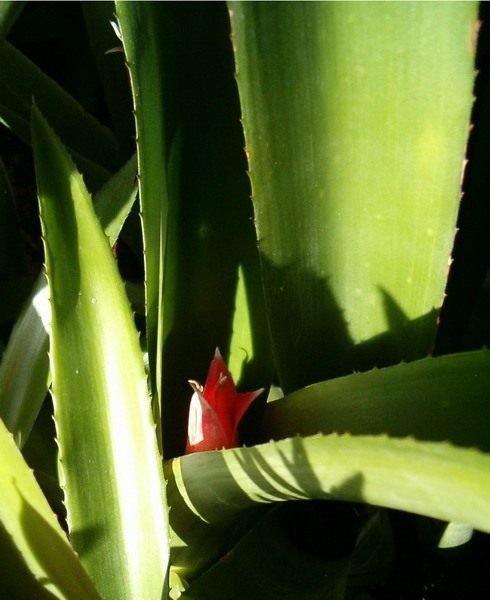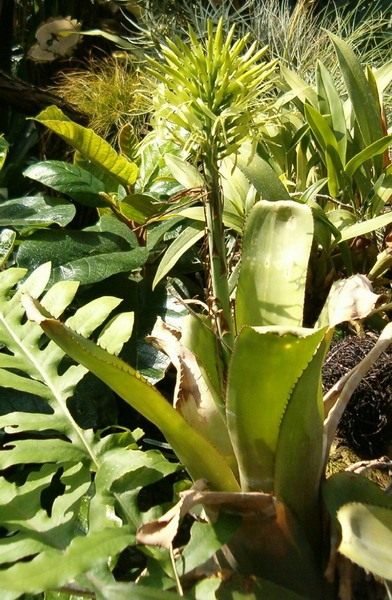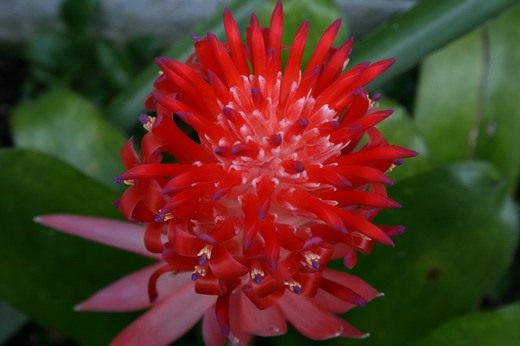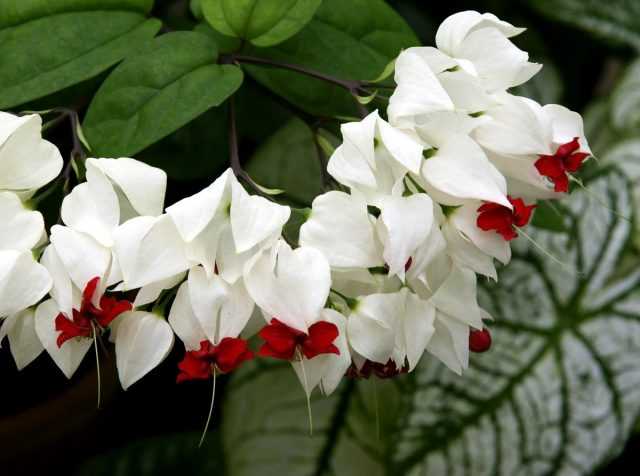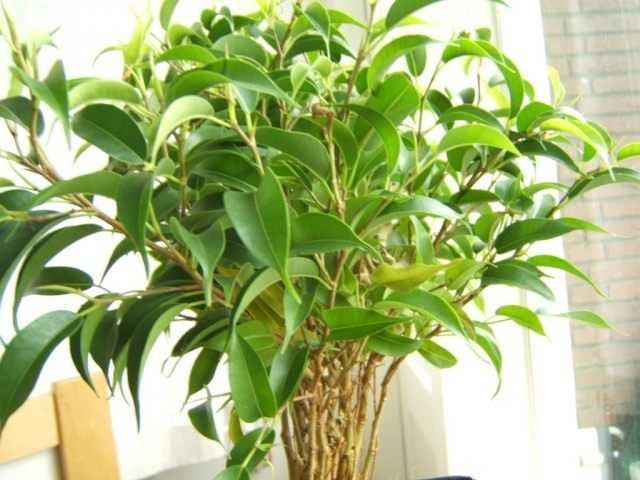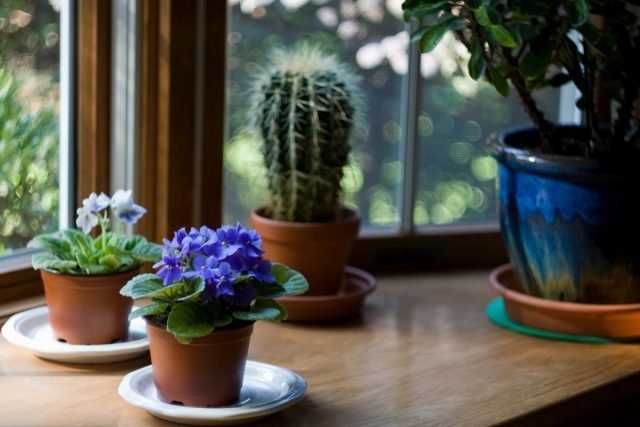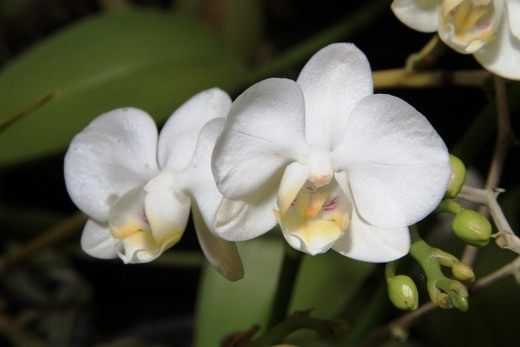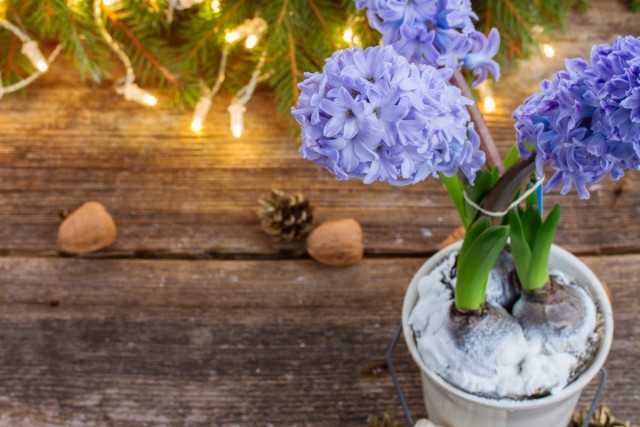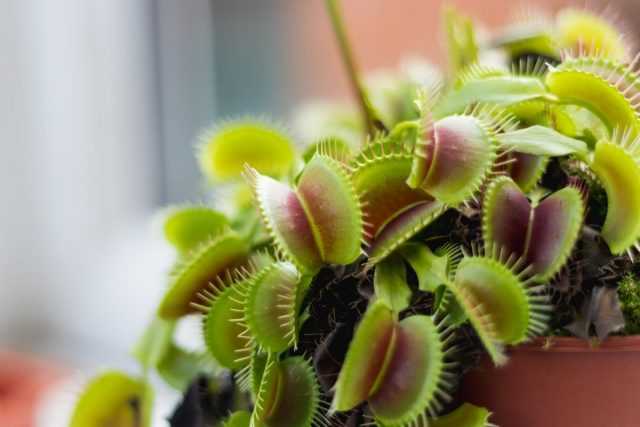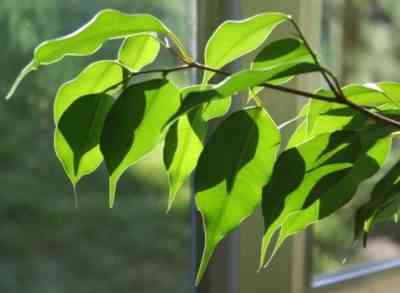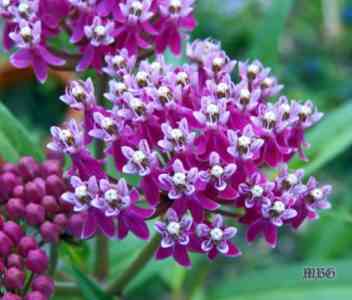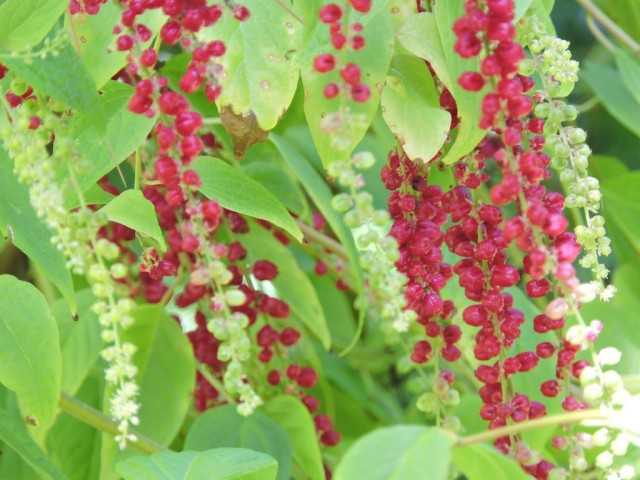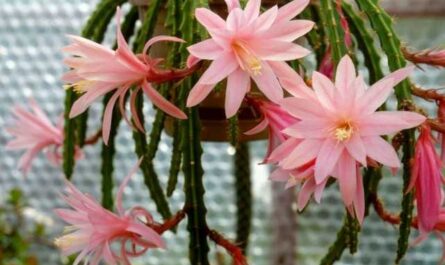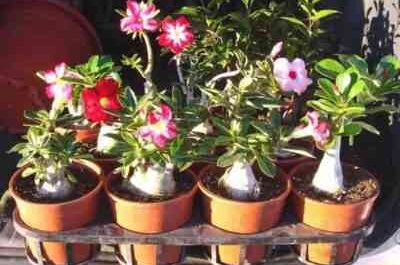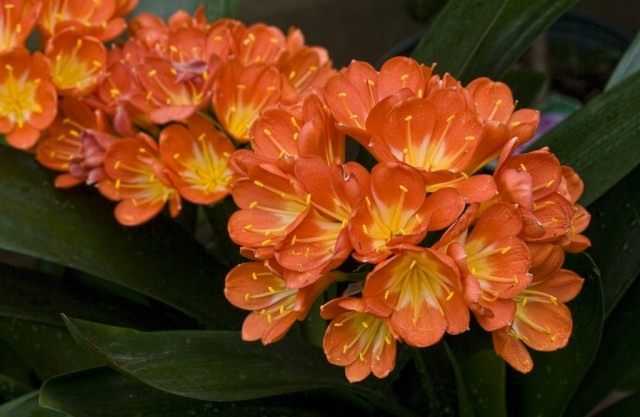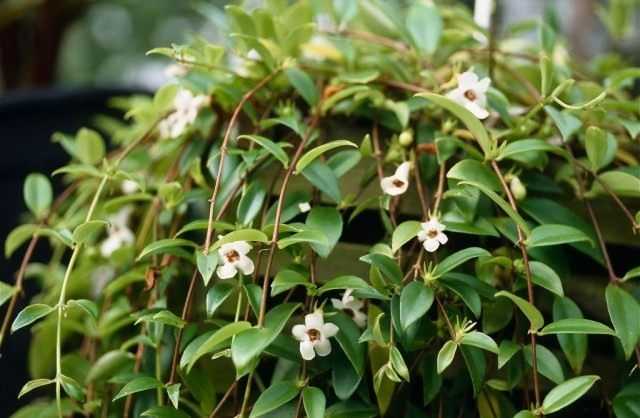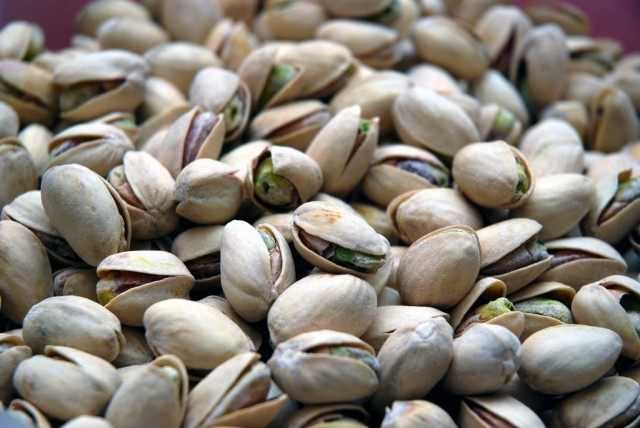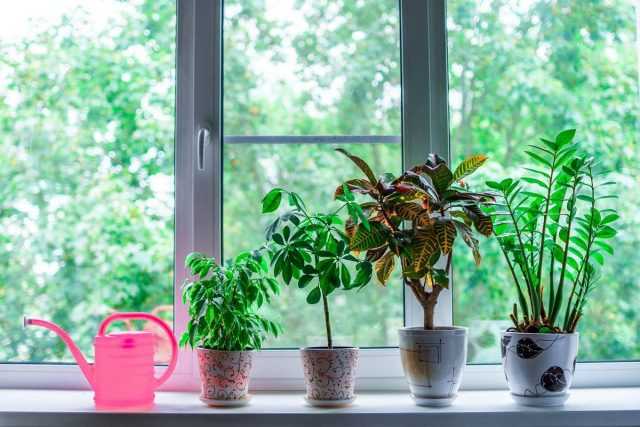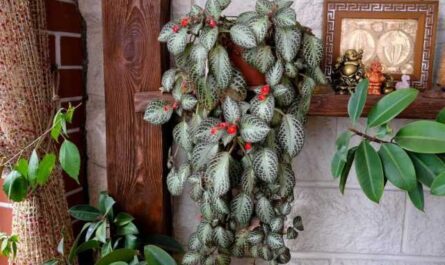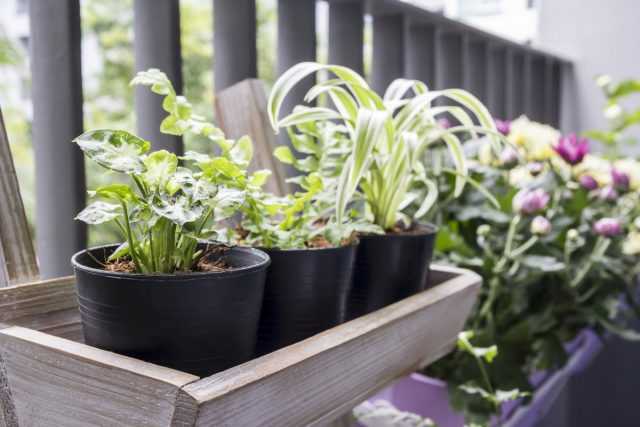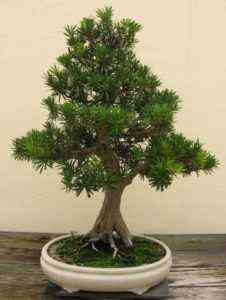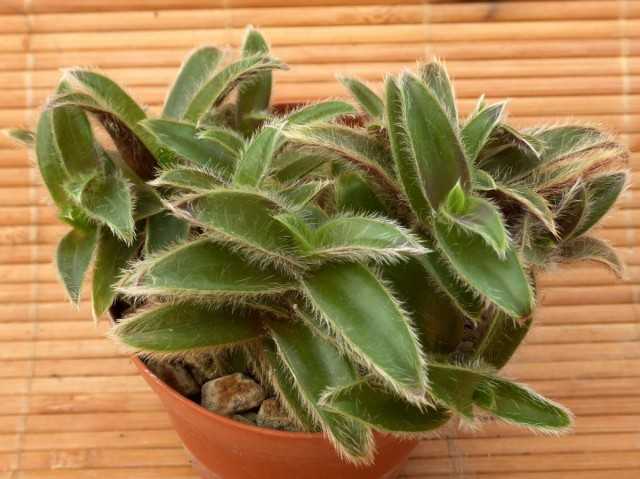The genus Bilbergia (Billbergia) unites about 60 species of plants of the bromeliad family, growing in places with a pronounced dry season and sharp temperature fluctuations. The genus Bilbergia is distributed from Mexico to southern Brazil and is named after the Swedish botanist Gustaf Bilberg.
Farmer Burea-Uinsurance.com BotBln
Bilbergia, Latin -Billbergia.
Mostly these are epiphytes, forming a long tubular rosette of leaves for water accumulation.… The leaves of bilbergia are hard, leathery, monochromatic or variegated, from oblong-triangular to narrow-linear in shape, pointed at the apex and covered with small scales on both sides. There are thorns along the edge of the leaf plate. Brightly colored flowers with petals, arranged in a spiral or rolled into a tube, in racemose or paniculate inflorescences, similar to ears. The inflorescences are large and brightly colored. The fruit is a berry. This bromeliad plant is considered one of the most unpretentious indoor plants.
Due to the constantly forming side shoots, over time, bilbergia forms large bushes, consisting of numerous individual rosettes, reaching a height of 40-60 cm… The first flowering can be expected in about three years. Bilbergia usually bloom in early summer, but with good care, additional bloom can be expected in April. Some time after flowering, the rosette dies off, and a new plant grows from a creeping stem or rhizome, which blooms in the next season. Older plants develop many narrow-funnel-shaped rosettes, which often bloom at the same time. It is recommended to cut off old rosettes 1-2 months after flowering.
Bilbergia is very beautiful, and can adequately decorate a room, a large hall, a winter garden… Miniature species are most suitable for indoor culture. Under optimal climatic conditions, it is used for outdoor landscaping.
Farmer Burea-Uinsurance.com BotBln
Features
Temperature: Bilbergia prefers moderate temperatures – in summer about 20 – 25 ° С, in winter about 16-18 ° С, at least 13 ° С.
Lighting: Bright diffused light, possible with some direct sun in the morning or evening. Grows well on east and north windows.
Watering: Not all bilbergias have a well-defined rosette of leaves, so they can be watered directly into the soil, like ordinary indoor plants – in spring and summer they are quite abundant, in winter – to a limited or moderate degree, depending on the temperature.
Fertilizers: Fertilizing is carried out in spring and summer. For top dressing, special fertilizers are used for bromeliads. You can use half the fertilizer for other flowering houseplants. Top dressing is carried out after 2 weeks.
Air humidity: Bilbergia needs to be sprayed periodically.
Transfer: Annually after flowering in the soil, consisting of 1 part of light sod land, 1 part of peat, 1 part of leaf and 1 part of humus, with an admixture of sand. You can use a commercial bromeliad potting mix. The planting container should not be too deep, it is better to use wide bowls.
Reproduction: Seeds and side shoots, when they are already sufficiently formed, i.e. have a length of about 13-15 cm. The resulting young plants bloom, as a rule, only after 2 years.
Farmer Burea-Uinsurance.com BotBln
Care
The unpretentiousness of bilbergia lies in the fact that it tolerates the dry air of rooms much more easily than other bromeliads, and also small drafts will not be destructive for it, although it is highly undesirable… Bilbergia tolerates rather low temperatures in winter, up to 2-3 ° C, but it is better to try not to let the temperature drop below 10-13 ° C for a long time. Bilbergia develops well in terrariums, greenhouses.
Bilbergias prefer bright diffused light, but from direct sunlight, at noon, they should be shaded, for example, with translucent paper or cloth… Grows well on windows of western or eastern exposure. Grows well on northern windows, but may not bloom. In summer, it can be taken out into the open air, but should be protected from sunlight and rainfall. In a well-protected place, from precipitation and direct sunlight, Bilbergia can be outdoors all summer.
In the summer, the optimal temperature is in the range of 20-28 ° С… In autumn, the temperature is gradually lowered to 18 ° C, during the dormant period (October-February) variegated forms of bilbergia are kept in a bright room at a temperature of 17-18 ° C, and forms with green leaves are about 15-17 ° C. Low temperatures in winter stimulate flowering. Temperatures in winter, for a long time less than 10-12 ° C, can cause plant disease.
In the summer, at a temperature of 22-28 ° C, water is poured into the funnels of reservoir bromeliads, but care must be taken that the water does not stagnate for a long time; if the temperature in the room drops below 20 ° С, then the water from the funnels must be removed… Also, if the plant has already faded, then water can no longer be poured into the funnel, since this can cause the rosette of leaves to rot. In nature, reservoir bromeliads collect moisture in funnels, but under room conditions, prolonged stagnation of water (especially at low temperatures) can lead to plant decay and its death. Not all bilbergias have a well-defined rosette of leaves, so it is quite possible to use bottom watering.
Regularly in the summer, they moisten the substrate, but without overmoistening, since they will not tolerate it.
Plants placed on a bromeliad tree are removed from the support at least 1 time in 10 days and immersed in settled water until saturation, after which excess water is allowed to drain and returned to its place.
In the autumn-winter period, when the plant is kept in a room with a temperature below 20 ° C, water is not poured into the leaf outlet, watering is done carefully and rarely. If in winter you keep the plant at a temperature above 20 ° C, then water it regularly as the soil dries out, occasionally you can pour water into the outlet of leaves, but warm and a small amount.
Air humidity prefers high, although it tolerates dry air well… It is useful to spray 1-2 times a day, and to increase the humidity, you can put it on a pallet with wet moss, expanded clay or pebbles. Better terrarium maintenance. During the flowering period, bilbergia is not advised to spray, possibly due to the fact that during spraying water can get on the flowers – as a result, stains will appear, which will affect the decorative effect.
During the growing season, after watering, every 2 weeks they are fed with special fertilizers for bromeliads… You can use half the fertilizer for other flowering houseplants. It must be remembered that the dose of nitrogen in the fertilizer should be low, its excess can cause the death of the plant.
Transplanted as needed, flowering species after flowering every year.
Transplanted into a substrate consisting of 1 part of light sod land, 1 part of peat, 1 part of leaf and 1 part of humus, with an admixture of sand… Can be grown in a mixture of chopped moss, leafy soil, peat and sand (2: 2: 1: 1). It makes sense to use a commercial bromeliad potting mix. The container for planting should not be too deep, it is better to use wide pots. During the 2-3 weeks necessary for the transplanted plants to take root, watered very sparingly and do not fertilize.
Grows well in hydroponics.
Reproduction
Propagated by seeds and offspring.
Seeds are sown in crushed sphagnum or peat with added sand… Before sowing the seed, it is washed in a weak pink solution of potassium permanganate and dried. Maintain a temperature of 21 ° C, air humidity and regularly ventilate and spray. After the appearance of the leaves, they are gradually accustomed to dry air. When the plant has 2-3 leaves, it is dived into suitable pots.
The offspring are separated during transplantation, in March… Lateral shoots and basal offshoots are gently broken out after they reach a length of at least 20 cm. Sprinkle the cut with crushed charcoal and allow it to dry for several hours in a cool, ventilated place. It is also good to add a stimulant (heteroauxin) to the charcoal to improve root formation. After that, the basal rosettes are planted in a substrate consisting of one part of leafy earth, one part of humus and two parts of sand. Coarse washed and calcined sand, fine expanded clay or gravel, broken brick, perlite mixed with long-fiber peat are also used. Cuttings can be rooted immediately in a medium for adult plants with an admixture of coarse sand… The optimum air temperature for rooting babies is 22-26 ° C, but at the same time, bottom heating must be provided so that the substrate temperature is at least 25 ° C. To increase the moisture content, the cutting is covered with a jar or a transparent bag. To do this, stick 3-4 sticks around the cutting between the leaves and cover it with a plastic bag so that the leaves do not touch it. The edges of the package are pulled together with an elastic band if rooting takes place in a pot. In this case, water droplets will not flow down the leaves, which can cause rotting of the cutting, but along the inner wall of the bag. The plant needs to create optimal conditions: bright diffused light (but not direct sunlight), high humidity and heat, substrate temperature not lower than 25 ° C. At home, it can be heated with fluorescent lamps, illuminated with fluorescent lamps, or simply heated from a central heating battery.
Under favorable conditions, the roots appear within a month.… During this period, it is necessary to monitor the moisture content of the substrate, it is important not to overmoisten or overdry it, systematically ventilate the plants, removing the bag or cap for several minutes every day. The first sign of rooting is the appearance of new light green leaves in the center.
When transplanting, old specimens can be divided; new plants obtained in this way bloom the next year.
Farmer Burea-Uinsurance.com BotBln
Types
Bilbergia pyramidal -Billbergia pyramidalis Is a terrestrial plant with few leaves forming an elongated funnel-shaped rosette. The leaves are broadly linear, pointed at the end, about 60-80 cm long and 5-6 cm wide, bright green in color, the inflower leaves are dark red with a jagged edge. Blooms from mid-spring to mid-summer.
Bilbergia drooping – Billbergia nutans Is an epiphytic plant, forms an elongated rosette of numerous narrow leaves. Leaves are linear, thinned at the end, up to 60-70 cm long and about 1-2 cm wide, with thorns along the edge. The leaves are green, with more intense lighting they acquire a reddish or bronze tint. Thin long peduncle, drooping, with inflorescence pink leaves. Blooms in winter.
Bilbergia magnificent – Billbergia magnifica – this is an epiphytic plant with an elongated rare rosette of several leaves, linear in shape, pointed at the end, dense and rigid, with sharp thorns along the edge, up to 70 cm long and 6-8 cm wide, bluish-green in color with light transverse stripes with the outer sides of the sheet. Flowers are collected in a loose drooping inflorescence with bright pink bracts and inflorescence leaves. Blooms in summer.
Bilbergia green-Billbergia viridiflora Is an epiphytic or epilithic plant, forms a denser rosette than the previous species. Leaves are linear, pointed at the end, serrate along the edge, up to 60-70 cm long and 5-6 cm wide, bright green in color, the inflower leaves are bright pink, erect. It blooms in early spring and late summer.
Possible difficulties
Pale brown spots on the leaves:
The reason is sunburn. Rearrange the plant so that it is not exposed to direct sunlight.
Brown leaf tips:
The reason is the lack of water in the “funnel” or watering with hard water.
Plant death:
The reason is waterlogging of the substrate, if we are talking about a plant that has not yet flowered. If it has already faded, then rotting and then dying off of the outlet is natural.
The rosette of leaves is loose and falls apart to the side:
Lack of illumination may also be the reason.
If the plant has a rosette of leaves that is not dense, then when watering directly into it, the water will not linger, and you can excessively overmoisten the substrate..
Damaged by: scale insects, mealybugs.
Bilbergia is the most unpretentious bromeliad plant… Even a beginner can easily grow it. Bilbergia blooms for a long time and blooms without problems, gives a lot of “children”. Looking forward to your advice!

